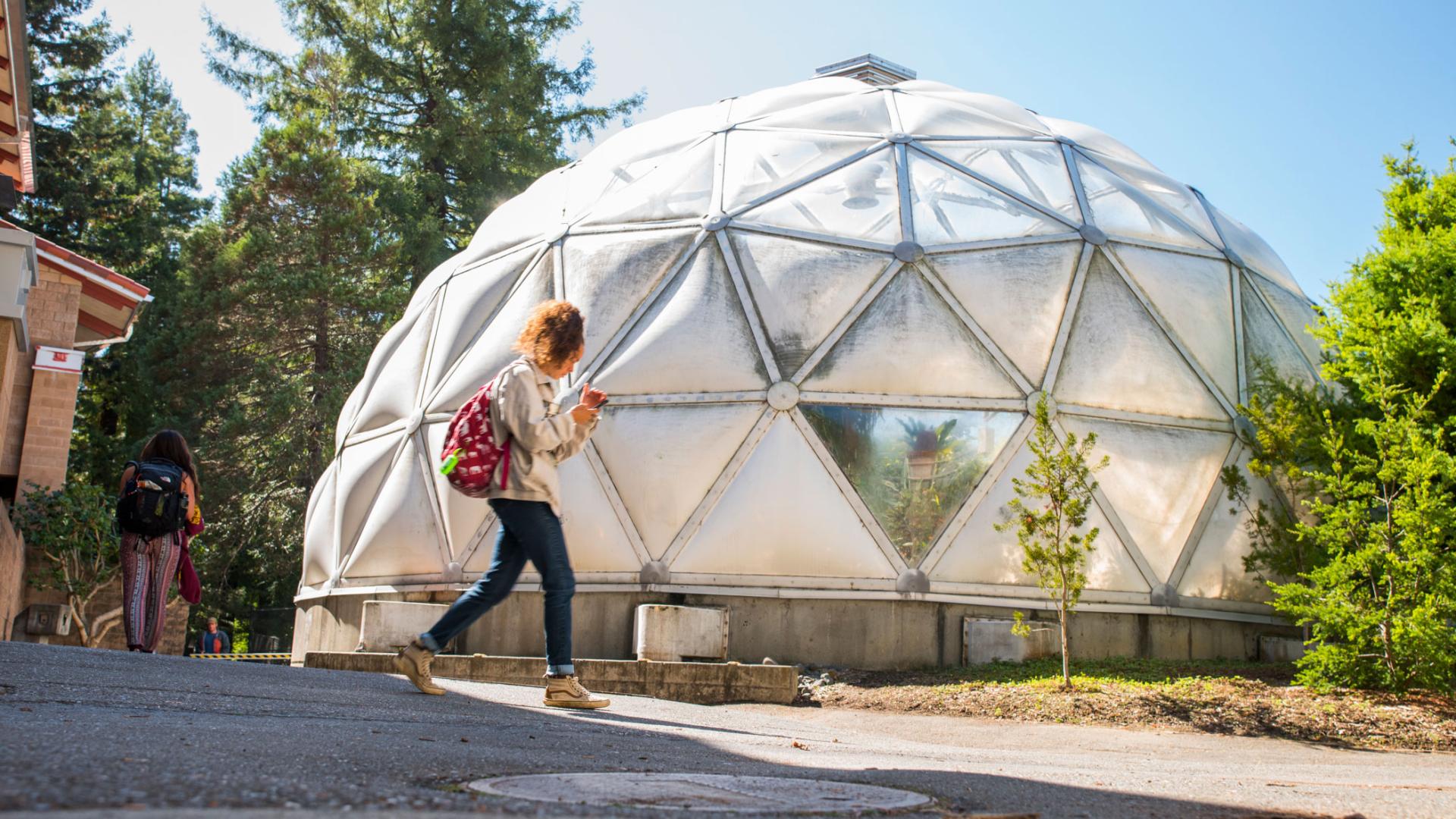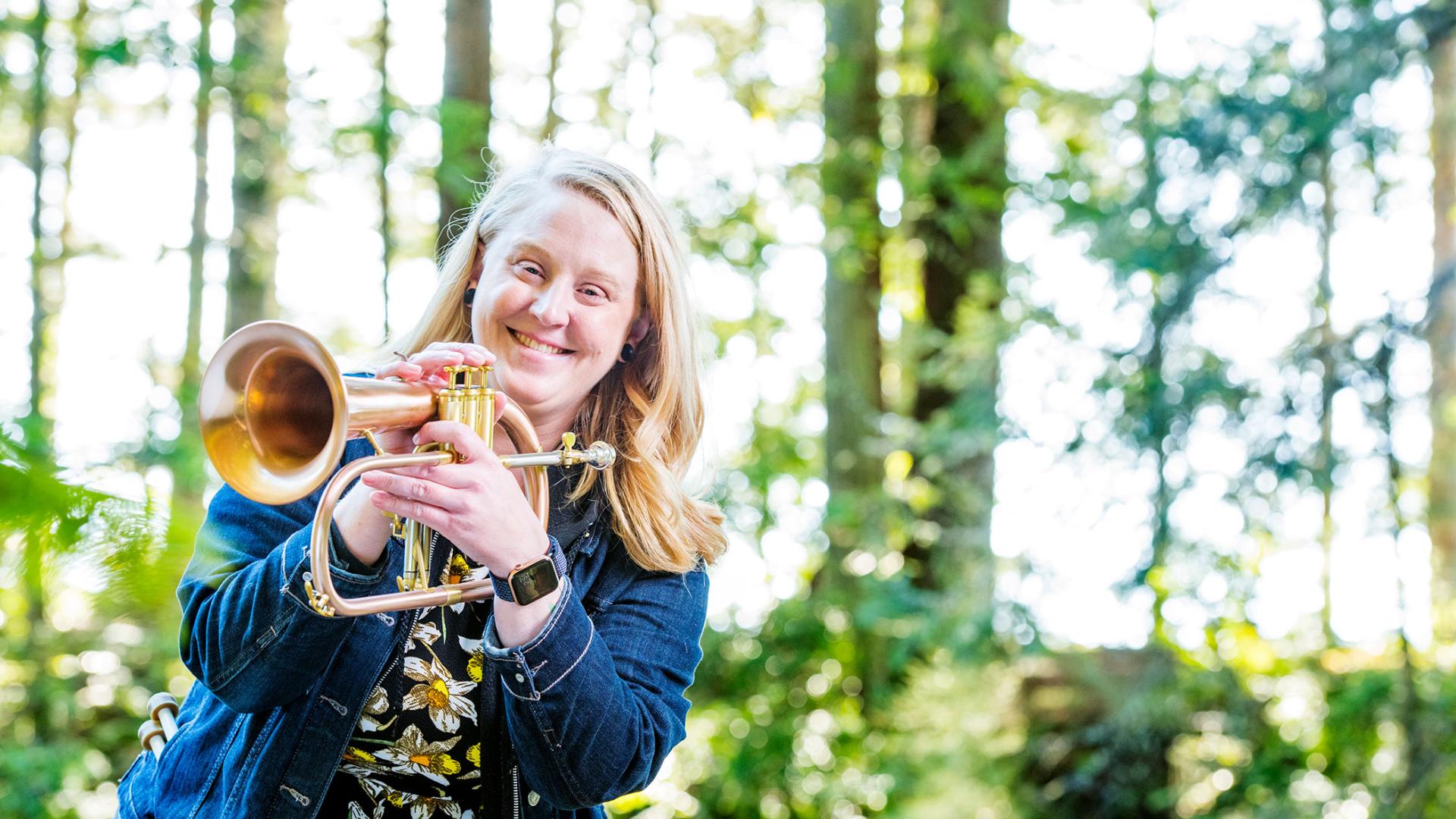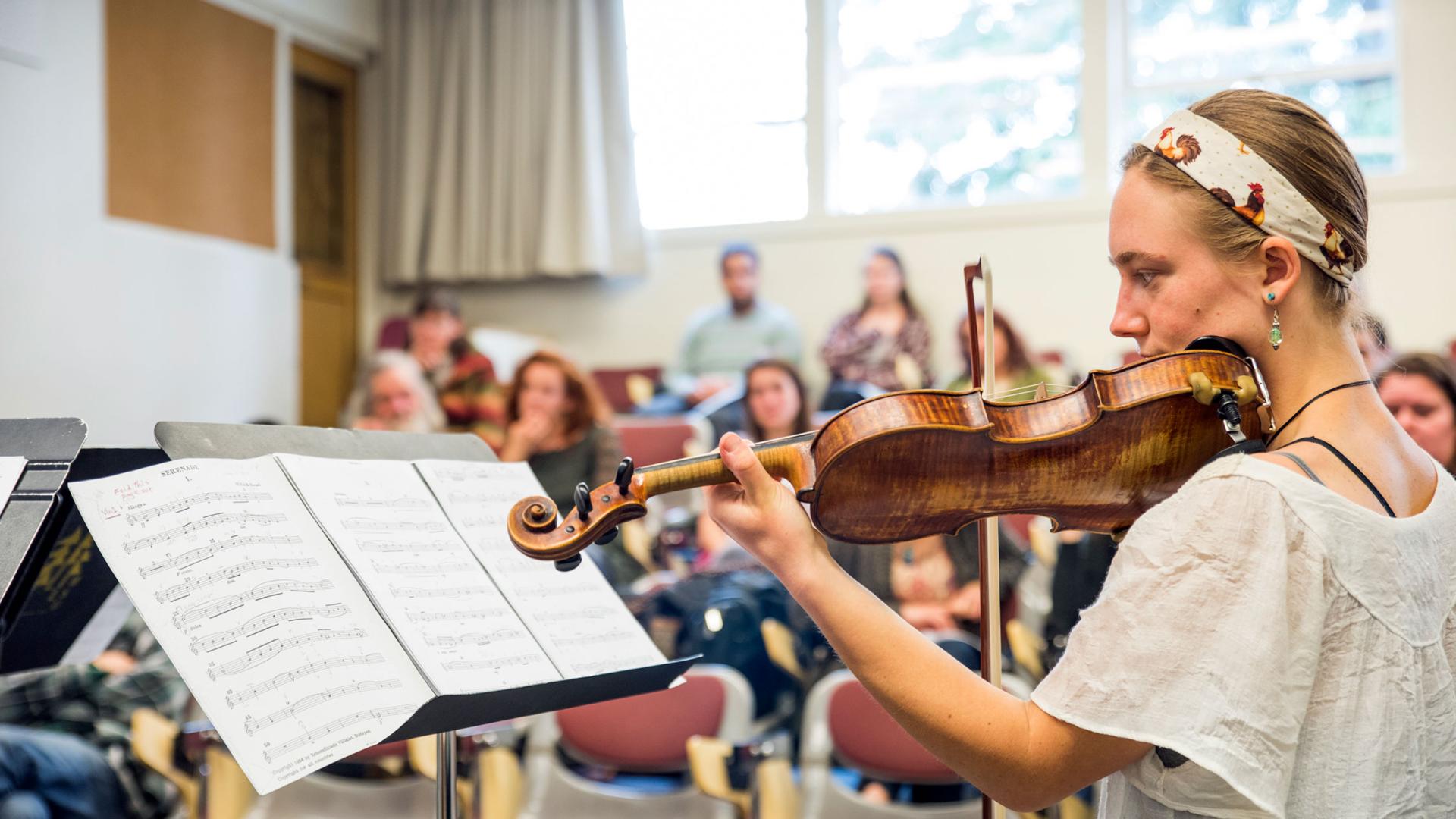Breadcrumb

Mark Wilson Ph.D.
Professor - Microbiology and Cellular and Molecular Biology
Research Focus
I have two primary ongoing research activities, both related to microbial ecology. My major research effort is a variety of investigations related to thermoacidophilic bacteria, their biogeographical distribution, and the forces that contribute to their biogeography. Secondarily, I am continuing projects related to Course-based undergraduate research projects focused on antibiotic discovery and biogeography of bacteria in the genus Streptomyces.Geography is generally believed to have very little impact on distribution of bacterial populations. This is expressed as the Baas-Becking hypothesis ‘everything is everywhere; the environment selects’, which suggests that, because microbes are limitlessly dispersible, environmental conditions will determine distribution rather than anything specifically geographical. However, a number of recent studies of genetic diversity in microbial populations have revealed that microbial diversity is sometimes spatially structured by geography as well as environment.ThermoacidophilesOne focus of my research is the biogeography of spore-forming thermoacidophilic bacteria, primarily in the genus Alicyclobacillus. Ongoing studies use genetic approaches to compare populations of Alicyclobacillus acidocaldarius and A. tolerans in California’s Lassen Volcanic National Park and the Big Island’s Hawaii Volcanoes National Park. Two competing hypotheses are being tested. Hypothesis 1) the small size of geothermal features, and the significant distance between similar features, will allow these habitats to act as 'islands' with regards to microbial dispersal between sites, and horizontal gene exchange within sites. This should be especially true of habitats that combine high temperatures with other defining characteristics such as low pH. Therefore, populations will be structured by geographical location.Hypothesis 2) the small size of microorganisms, and their enormous population sizes, allow for dispersal between distant sites that is rapid and robust enough to overcome localized genetic drift and selection, effectively resulting in a lack of biogeographical uniqueness or endemism among microorganisms.Interestingly, we are finding contrasting results for the two closely related species. Genetically identical isolates of A. tolerans are present in both parks, but the A. acidocaldarius isolates from different sites are genetically distinct – even between sites within a single park. Although there are differences between the species that might affect dispersal and hence contribute to the different distribution patterns, the results are consistent with a recent selective sweep in A. tolerans. Continuing work focuses on making this dataset more robust.These investigations also raise questions about dispersal of thermoacidophilic bacteria and their dormant spores. We hypothesized that dispersal of these organisms is random and non-directed, and therefore inactive spores of thermoacidophilic bacteria were likely present in neutrophilic environments that are non-permissive for growth. Using enrichment cultures, we have found that sediments and soils from a variety of locations have almost universally yielded thermoacidophiles. We are characterizing these spore banks in a variety of ways, for example, using MPN approaches to quantify spore concentration, and developing enrichment techniques to target A. tolerans and A. acidocaldarius. 16S rRNA gene analysis of enrichment culture isolates has shown that some of our isolates belong to three different, undescribed species, and these isolates are being characterized. One graduate student and 3 undergraduates are currently working on aspects of this project.StreptomycesAnother ongoing research project relates to the biogeography of Streptomyces. In one of the largest microbial biogeography studies to date, a group of researchers at Cornell University used genetic approaches to characterize ~ 1000 Streptomyces isolates from grassland soils across North America. These bacteria fell into 5 main haplogroups, and alleles from the isolates exhibited latitudinal diversity gradients. Several dozen of the antibiotic-producing bacteria that Humboldt students isolated as part of the BIO105 CURE are in the same 5 Streptomyces haplogroups. Preliminary results indicate that these isolates, which were not from grassland soils, do not exhibit the allele structure predicted from the Cornell study. Terilyn Stoflet, who was an undergraduate in the initial offering of the BIO105 CURE, is now a graduate student investigating the genetic structure of local Streptomyces.I also mentor students interested in other aspects of microbial ecology. For example, I have recently mentored students interested in human microbiomes and stress, and in bacterial seed endophytes in native grasses.
- BA, Natural Science (1986) St. Mary's College of MD
- MS, Anaerobic Microbiology (1988) Virginia Tech
- PhD, Microbiology, Genetics, Toxicology (1998) Cornell University
- Principles of Biology
- Genetics
- Bacteriology
- Arroyo FA, Siering PL, Hampton JS, McCartney A, Hurst MP, Wilson MS, Wolfe GV. (2015) Isolation and characterization of novel iron-oxidizing autotrophic and mixotrophic bacteria from Boiling Springs Lake, an oligotrophic, acidic geothermal habitat. Geomicrobiology J. 32:140-157.
- Maghfiroh, M. 2015. Horizontal gene transfer and biogeography of isolated thermal acidic bacterial communities. (Master’s thesis chair)
- Wolfe GW, Fitzhugh C, Almasary A, Green A, Bennett P, Wilson MS, Siering PL. (2014) Microbial heterotrophic production in an oligotrophic acidic geothermal lake: responses to organic amendments and terrestrial plant litter. FEMS Microbial Ecology 89: 606-624.
- Siering PL, Wolfe GV, Wilson MS, Yip AN, Carey CM, Wardman CD, Shapiro RS, Stedman KM, Kyle J, Yuan T, Van Nostrand JD, He Z, Zhou J (2013) Microbial biogeochemistry of Boiling Springs Lake: a physically dynamic, oligotrophic, low-pH geothermal ecosystem. Geobiology 11(4):356-76
- Wilson MS, Siering PL, White CL, Hauser ME, Bartles AN (2008) Novel archaea and bacteria dominate stable microbial communities in North America's largest hotspring. Microbial Ecology 56: 292-305
- Siering, P.L., Clarke J.M., and Wilson, M.S. 2006. Geochemical and biological diversity of acidic, hot springs in Lassen Volcanic National Park. Geomicrobiology Journal23: 129-141
- Wilson, M.S. 2005. Mining Genomes: Introduction to Bioinformatics. This updated set of ten tutorials is being published by W.H. Freeman & Co., NY, NY, in conjunction with Genetics, A Conceptual Approach, 2nd ed. Benjamin Pierce.
- Wilson, M.S., Herrick, J.B., Jeon, C.O,Hinman, D.E., and Madsen, E.L. 2003. Horizontal transfer of phn-Ac dioxygenase genes within one of two phenotypically and genotypically distinctive naphthalene-degrading guilds from adjacent soil environments. Appl. Environ. Microbiol. 69: 2172-2181
- Wilson, M.S. 2002. Mining Genomes: Introduction to Bioinformatics. Published by W.H. Freeman & Co., NY, NY, in conjunction with Genetics, A Conceptual Approach, by Benjamin Pierce. These interactive online bioinformatics tutorials can also be accessed at http://bcs.whfreeman.com/pierce1e/
- Colwell, F.S., Delwiche, M.E., Blackwelder, D. Wilson, M.S., Lehman, R.M., and Uchida, T. 1999. Microbial communities from core intervals, JAPEX/JNOC/GSC Mallik 2L-38 gas hydrate research well. 1999 Geological Survey of Canada, Bulletin 544 p. 189-195
- Wilson, M. S., Bakermans, C. and E. L. Madsen. 1999. In Situ, real-time catabolic gene expression: extraction and characterization of naphthalene dioxygenase mRNA transcripts from groundwater. Appl. Environ. Microbiol. 65: 80-87
- Madsen, E.L, Thomas, C.T., Wilson, M.S., Sandoli, R. S., and Bilotta, S.E. 1996. In Situ dynamics of aromatic hydrocarbons and bacteria capable of AH metabolism in a coal tar waste-contaminated field site. Environ. Sci. and Technol., 30(7):2412-2416
- Wilson, M. S., and E. L. Madsen. 1996. Field extraction of a transient intermediary metabolite indicative of real time in Situ naphthalene biodegradation. Environ. Sci. and Technol., 30(6):2099-2103
Graduate Students
Current:
Margaux Karp, Terilyn Stoflet
Former:
Miratul Maghfiroh





